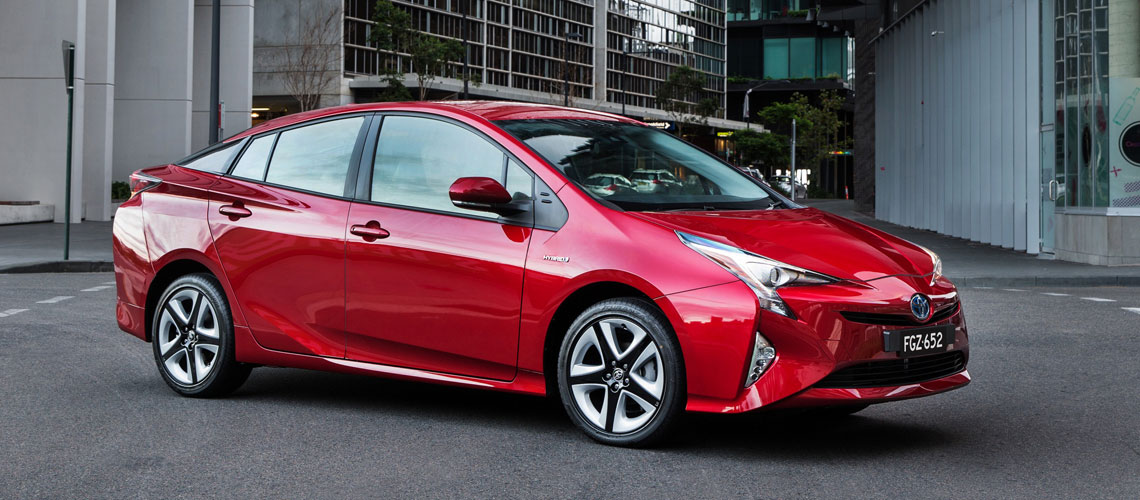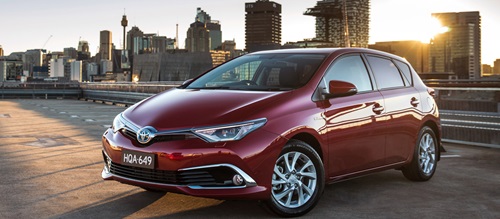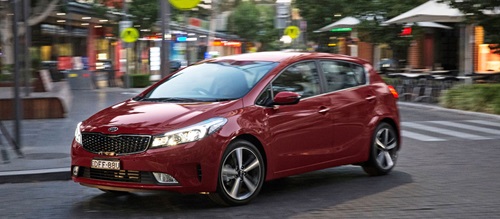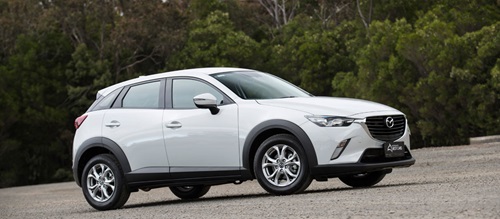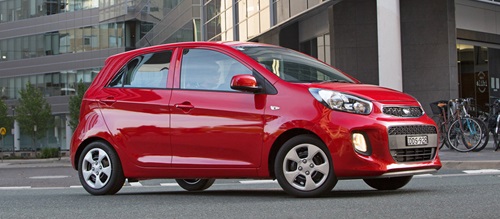Snapshot |
|
| Priced from | $42,990 |
| Engine | 1.8 L |
| Transmission | CVT |
| Fuel Economy |
3.4L/100km
GOOD
|
| Output | 72kW plus 53kW (electric) @ 5200rpm |
| ANCAP rating |
|
What is it?
This is the fourth generation of Toyota's Prius hybrid – a car that uses a petrol engine and an electric motor together to reduce fuel consumption and emit fewer nasty gases into the atmosphere.
What models are there?
There are two versions – the Prius and the Prius i-tech. The regular Prius is priced from $34,990 (plus on-road costs) while the i-Tech starts from $42,990 (+ORCs). Prices for the new Prius are $2500 more than the previous base model but $1000 less for the i-Tech.
What are its rivals?
This is an interesting question. There are currently no other hybrid competitors to the Prius on sale in Australia expect for its own stablemates, the Corolla and Camry hybrids, or those of its sister company Lexus.
If you're talking fuel consumption, there's nothing that beats the Prius in this price range. There are a few frugal diesel offerings that come close – such as the Volkswagen Golf TDI at 4.9L/100km or smaller petrol city cars such as the Suzuki Celerio which sips just 4.8L/100km. The Corolla hybrid uses 4.1L/100km.
Then there are the electric cars, such as BMW's i3 (uses no fuel but costs twice the price) or Nissan's Leaf (also considerably more expensive).
What do you get?
The base model Prius gains features that were previously only available on the iTech such as a pre-collision safety system, lane departure warning with steering input, automatic high beam and active cruise control. Other new features include a colour head-up display, Qi wireless phone charger (your phone must support inductive charging) and an electro-chromatic rear-view mirror.
Standard equipment includes 17-inch alloy wheels, powered driver's seat, heated front seats, LED lights, adaptive cruise control and auto braking.
The iTech gains blind spot monitoring, rear cross traffic alert, leather-accented coverings and digital radio.
What's changed from the previous model?
The new battery is 10 per cent smaller and can be charged faster. It is now located behind the rear seats, which improves luggage space (457 litres in standard spec, 501L in iTech).
The new version has better fuel economy, too. Fuel consumption drops from 3.9L/100km to 3.4L/100km. With a fuel tank of 43 litres the Prius can, theoretically, travel more than 1250 km on a tank. The new generation Prius now can coast in EV at speeds of up to 105km/h.
It is also longer (4540mm) and wider (+15mm) than the previous model. Redesigned seats have improved head room (front +25.5mm, rear +3mm), the new car also has a lower centre of gravity (-24mm) and improved torsional rigidity (+60 per cent).







